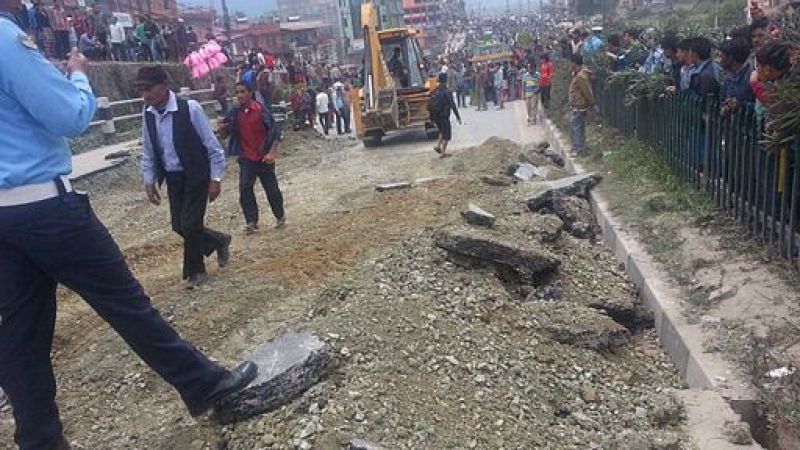

The earthquake in Nepal has left thousands in need of aid.
The Nepal earthquake on April 25 still has Nepal in need of emergency relief. Some rural areas have yet to receive aid as relief efforts are unable to reach victims because of bureaucratic red tape.
Currently, relief supplies from various organizations are held up at airports and warehouses because of inspections required by Nepalese customs authorities. Aid organizations have shared their frustration with the slow process, urging Nepal to lift these procedures for the emergency situation.
"The bottleneck was the fact that the bureaucratic procedures were just so heavy ... So many layers of government and so many departments involved, so many different line ministries involved. We don't need goods sitting in Kathmandu warehouses. We don't need goods sitting at the airport. We need them up in the affected areas," Jamie McGoldrick of the United Nations told the New York Times.
The 7.8 magnitude earthquake killed more than 7,000 people. With structures leveled and power lines destroyed, the Nepalese government was unresponsive. The first two days were filled with panic as the government struggled to assess the situation.
In order to create an effective response, government officials said that the Nepalese government needed to enforce strict rules in every aspect of government, including incoming supplies from relief efforts. Some believe that the bureaucracy's procedures for the incoming supplies is thorough in order to prevent any future accusation of hoarding relief materials.
The nation's capital of Kathmandu has received aid and volunteers from around the globe. Minendra Rijal, the Information Minister of Nepal, said that most of the major rescue work has been accomplished in the capital and nearby areas. The rest of the work in those areas could be handled by local efforts.
Rijal instead suggested that the relief workers help out other more rural areas in Nepal, where some communities are still unreached. Some 4,000 aid workers worldwide have gone to Nepal to assist in relief efforts. Given its location and high altitude, Nepal is a difficult country for relief efforts to reach. Experts state that the beginning stages of relief, however, are crucial to the recovery of the nation.


















